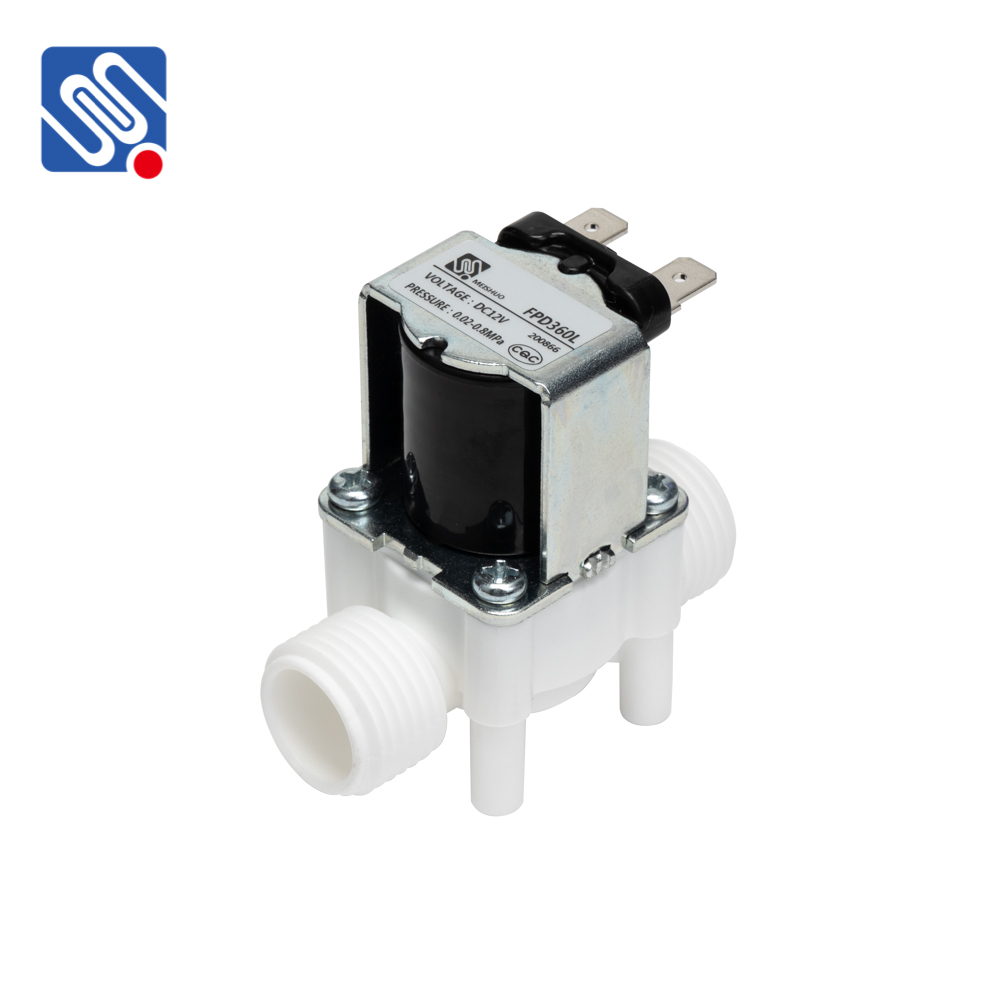AC Solenoid Valves play a crucial role in controlling the flow of fluids and gases in numerous applications across various industries. These valves are operated by an electromagnetic mechanism that enables efficient and precise regulation of fluid movement in automated systems. With the increasing reliance on automation in industrial processes, AC Solenoid Valves have become indispensable components in managing water, gas, and oil systems. This article will explore the basic working principle, features, advantages, and applications of AC Solenoid Valves, emphasizing their significance in modern automation.

Working Principle of AC Solenoid Valves An AC Solenoid Valve operates using an electromagnetic coil, which, when energized, creates a magnetic field that moves a metal plunger or armature. The movement of this plunger opens or closes the valve, allowing or stopping the flow of fluid or gas. This simple mechanism can be implemented in various types of valves, including those for liquids, gases, and even fine particulate systems. The valve itself has two main configurations: normally open (NO) and normally closed (NC). In the normally open configuration, the valve remains open when the power is off, and it only closes when the electromagnet is activated. Conversely, the normally closed type remains closed when no power is applied and opens when the coil is energized. This flexibility allows AC Solenoid Valves to be used in a wide range of scenarios where either flow interruption or activation is required.